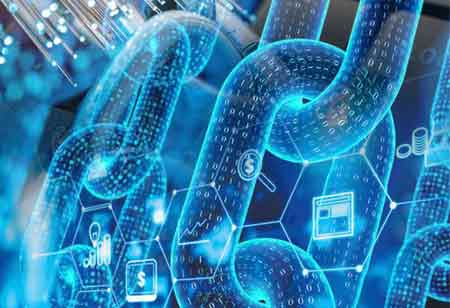Thank you for Subscribing to Energy Business Review Weekly Brief
Increasing The Stability Of Solar Power Plants With Technology
Solar PV is a safe & robust technology that only increases life expectancy with module advancements.

By
Energy Business Review | Wednesday, January 12, 2022
Stay ahead of the industry with exclusive feature stories on the top companies, expert insights and the latest news delivered straight to your inbox. Subscribe today.
The fresh, robust technology increases the stability and lifecycle of solar PV systems.
FREMONT, CA: Solar PV is a safe & robust technology that only increases life expectancy with module advancements. Although PV modules generally receive the most publicity in the solar industry, many technologies and services are vital to any PV installation's success.
Almost everyone falls under the EPC framework, including engineering, procurement, and construction, comprising end-to-end solar services, system design, and component procurement to project initiation.
These are the key components of the EPC, such as inverters, trackers, junction boxes, and technology for monitoring. These technologies ensure the long-term stability and dependability of solar installations. They can probably save developers considerable resources over the solar PV system's lifecycle if enough attention is paid to them.
Inverters: the heart of PV plants
In every solar PV system, inverters and their associated technologies are the main components. Inverters ensure that the PV array's power can be incorporated into the grid downstream, utilized by connected AC customers, or temporarily stored with storage systems. It performs upstream safety functions like detecting earth faults, arc detection, and anti-islanding.
While PV's share of the energy mix remains to grow, inverters must perform more functions, comprising those relevant to grid stabilization. As grids become smarter, inverters should also take over more grid-related services.
An increasing number of PV power plants will be paired with energy storage systems to support these services. Thus, the inverter can be defined as the heart of any PV power plant, so its breakdown outcomes in severe issues with the larger project elements.
Topology
Three distinct principles generally follow the topology of a PV power plant, which are huge parts of the plant can be disciplined by a central inverter, the inverter could be employed at the string level, mixing single or several strings, and it can be regulated at the module level using the power electronics module level (MLPE). In respect of ease of maintenance and plant availability, it should be reminded that central inverters are easy to maintain and can be fixed on-site in the best-case scenario, thus granting a high general life of 20 years or more.
Still, significant portions of the power plant are isolated from the feed-in in the event of a crisis. Generally, both MLPEs and string inverters cannot be fixed on-site and should not be impacted until environmental influences have been eliminated. Only smaller machine parts or even just one PV module are affected in the event of failure.






